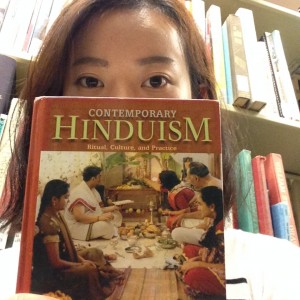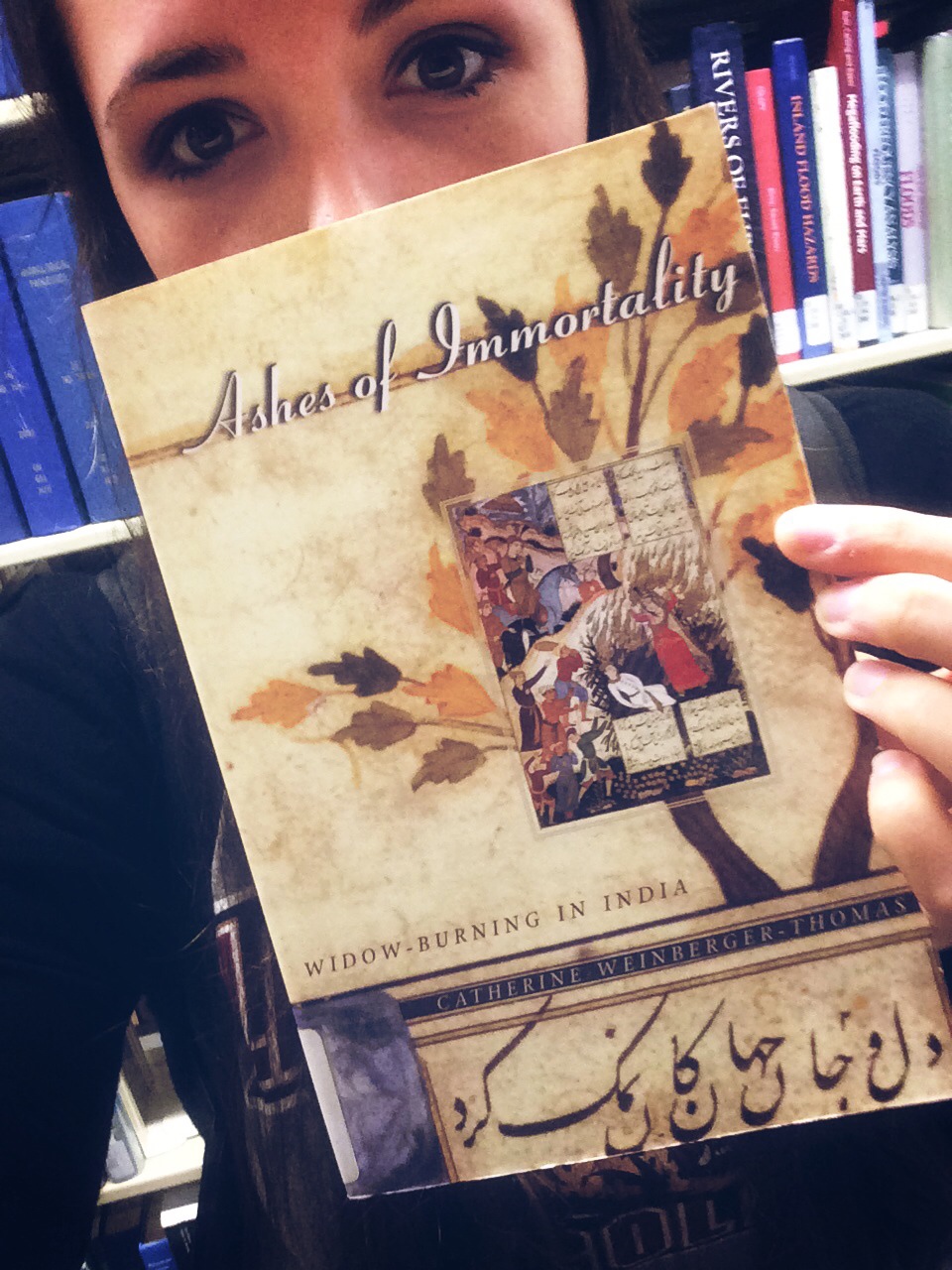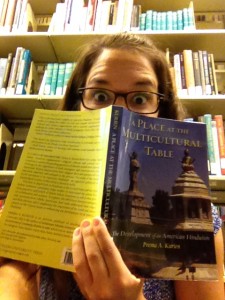Cherniak, Alex. Mahabharata Book Six: Bhagavad Gita. New York City: New York City Press, 2008.
After logging into the Lafayette College Library website, I clicked to the link to the library catalog. After a simple search of the word “Jainism” as a way to survey the library’s collection. A book called “Women in Jainism: a case study of Gujarat inscriptions by Mrinal Joshi grabbed my attention. The Jain beliefs, especially those held by the Digambara sect, which state that women cannot achieve enlightenment in this life because their bodies are inferior to men, puzzled me. I wondered where women fit into such a patriarchal religion. Thus I began my quest to find this book. After minutes of wondering the maze that is Upper Skillman’s library shelves, I came to no avail. Eventually, I made it to the “BL” section. After finding the 1000s, even though I was close, I still was unable to find the book. While scanning the shelves hopelessly, another book caught my eye; it was the Bhagavad Gita. Having read a brief summary in class, I decided to peruse the full length copy.
The book was more austere than I had anticipated. It was unexpectedly plain for a book of such high religious importance and cultural value. It had a teal cover with a small emblem of an elephant on the front and a Sanskrit word on the back. The book is spilt into 11 parts describing the various stages of the battle from the eve before it started through the four days of fighting. The left hand page contained the transliteration of the actual Sanskrit text and on the right had side was the English translation. I was drawn to the book because it contained the original texts. While summaries are helpful with understand the general concepts, reading the first-hand sources provide a deeper understanding. If I were to use this as a source for a paper, I would find quotes of Krisna explaining the importance of Dharma and the three yogas to Arjuna.
The book was located alongside the other epics in the Mahabharata and the Ramayana. Some of the other books around it were dedicated to analyzing the other doctrines in the Hinduism cannon. One in particular that I found interesting was a book analyzing the various Upanishads. My favorite part of studying religion is trying to comprehend the various philosophies.



